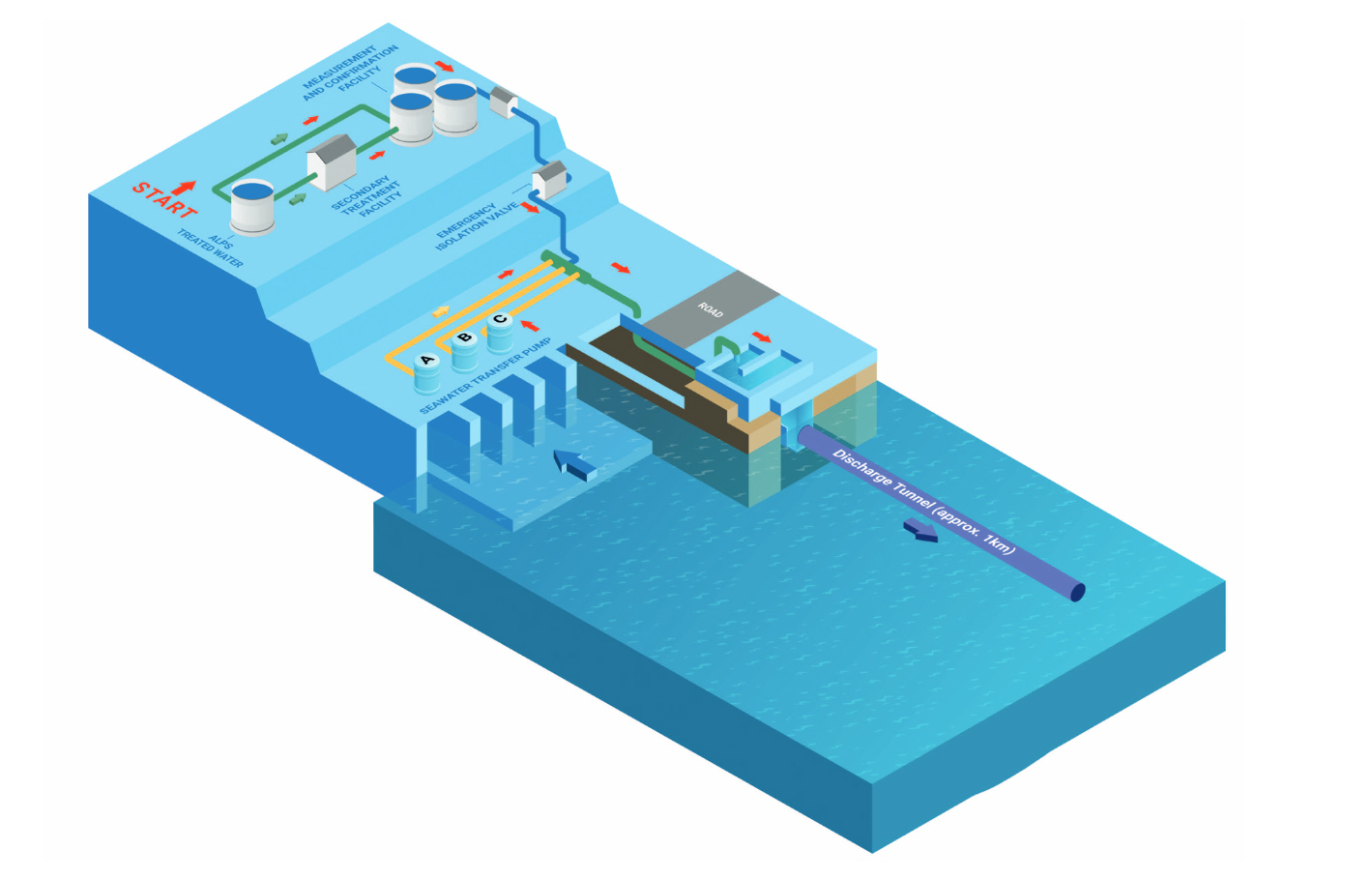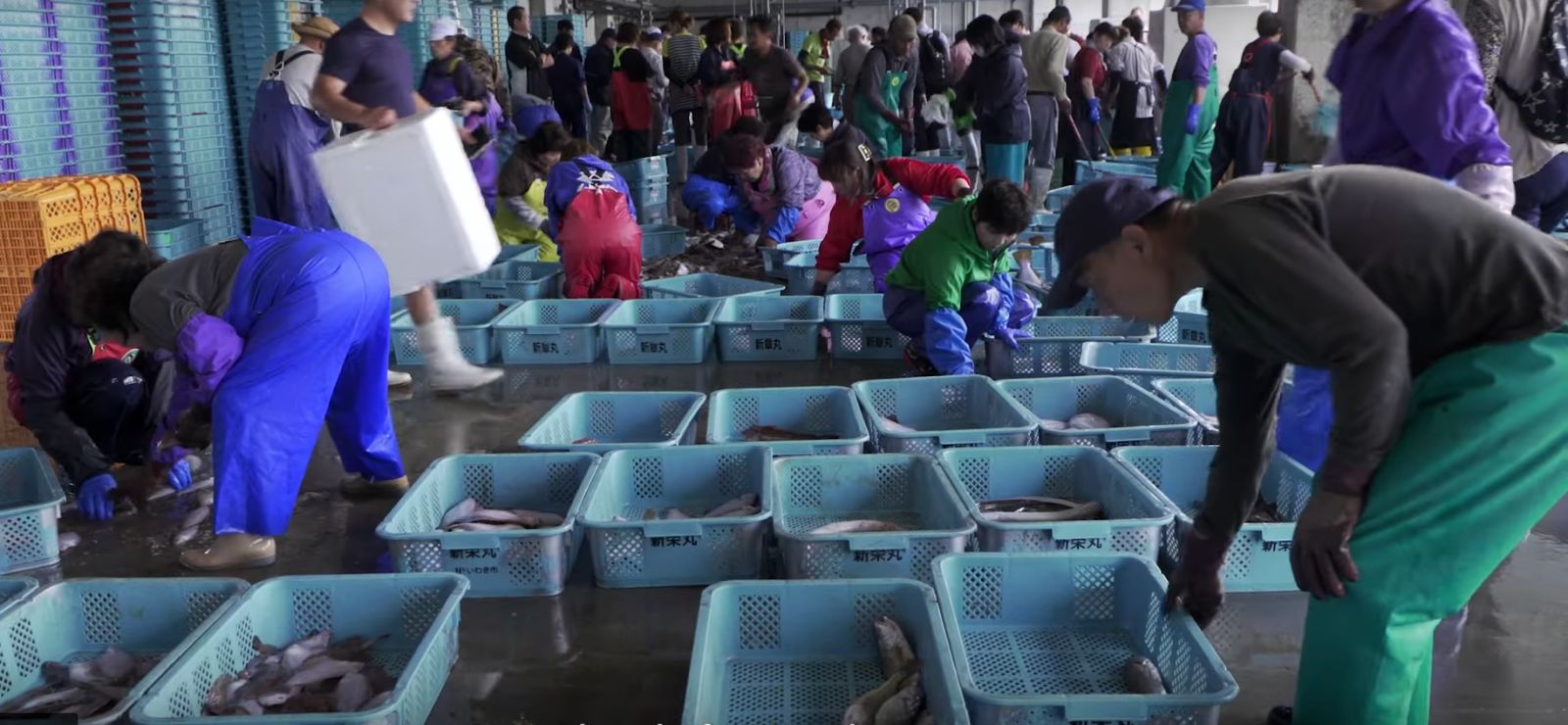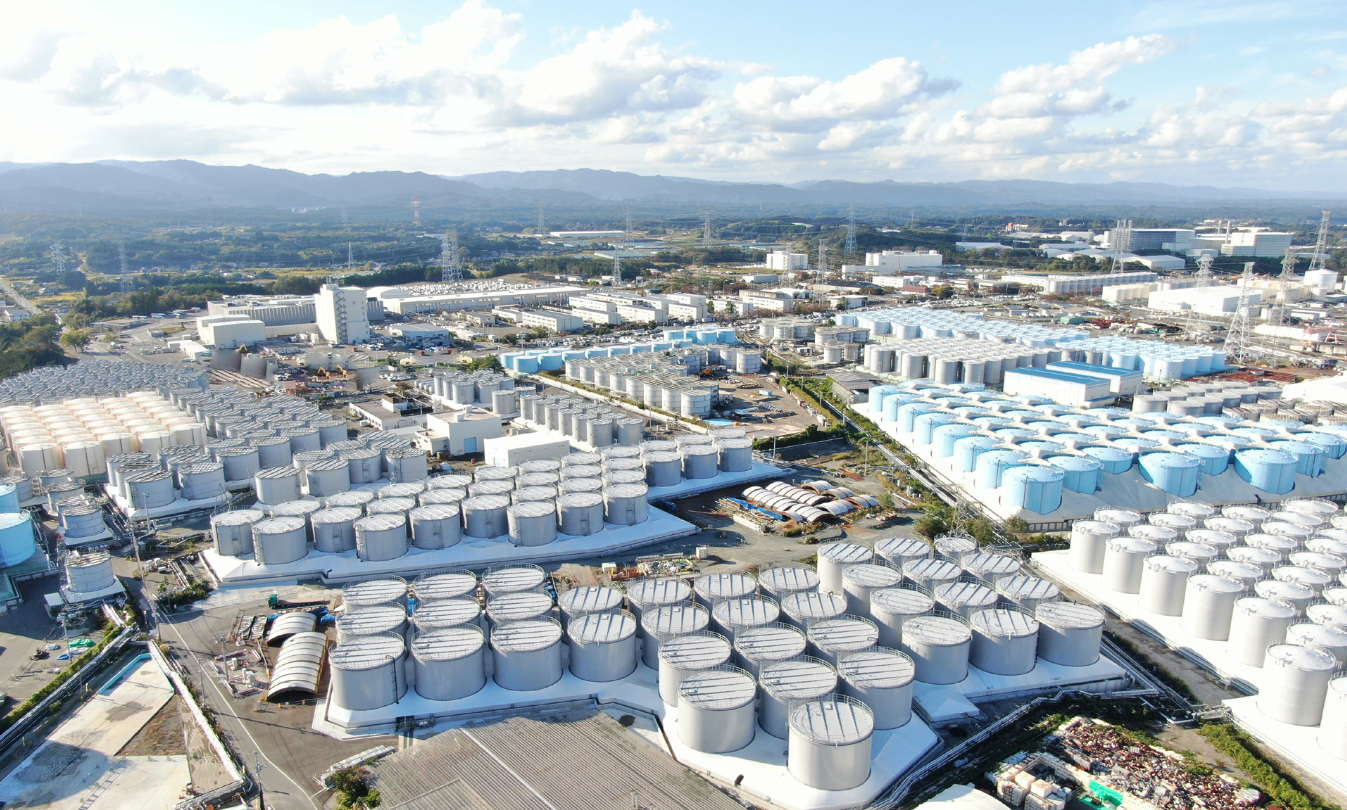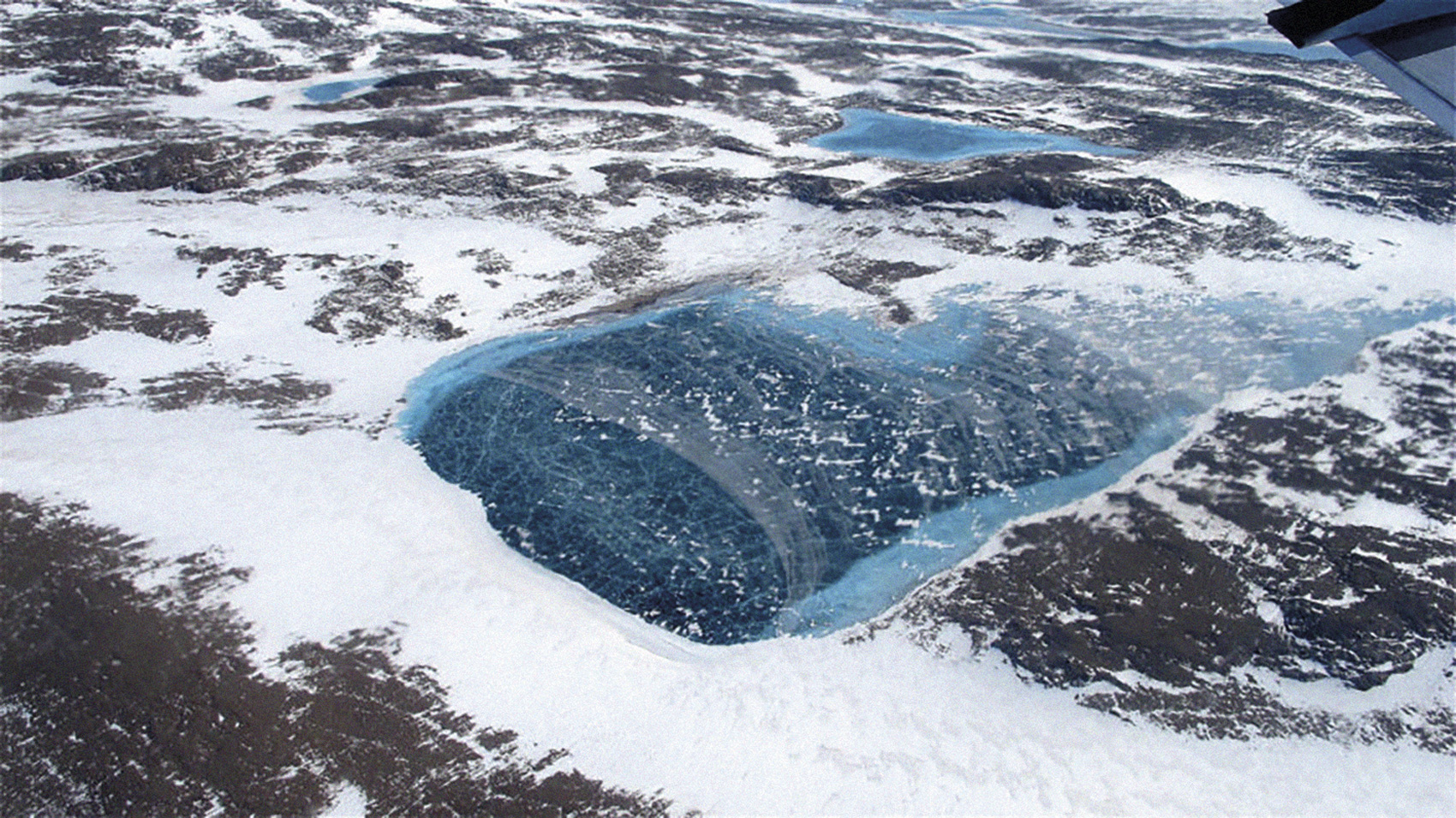Japan begins to launch the radioactive water of Fukushima into the sea, between the protests of fishermen and ecologists
- A report by the International Atomic Energy Agency has approved Japan to distribute contaminated water used to cool the Fukushima nuclear power plant at sea since the 2011 disaster. The Japanese Government announced two years ago the plan to discharge over 1.25 million tonnes of water into the sea, and has received very strong criticism from fishermen, environmental groups and neighbouring countries.

Since the tsunami of eleven years ago caused a nuclear disaster in Fukushima, the three reactors have been accumulating in gigantic containers the contaminated water used to cool.
The Japanese government announced in April 2021 that the most "realistic" solution for this water was to pour 1.25 million tons into the sea. During these two years work has been done on the development of this plan, which has been approved by the International Atomic Energy Agency (EANA).
According to EANA CEO Rafael Grossi, "meets international safety standards", this plan "will have no impact on the environment, water and fish." The Japanese Government says that only after processing water will tritium isotopes spread, but below the limit set by law, as many other nuclear power stations do.

The EANA has published its scientific report this Tuesday. The company TEPCO, which owns the nuclear power plant, is planning to launch the dumping of radioactive water into the Pacific this summer.
The EANA is a body belonging to the United Nations Organization, made up of most countries in the world, which has often been accused of defending the interests of the nuclear industry. However, Grossi wanted to make it clear that the report approved the scientific arguments, but that the organisation does not support or reject the Japanese plan.
Fishermen, ecologists and concerned neighbours
The decision of the Japanese Government has generated great concern among fishermen living in the Pacific islands. In total, more than 2.5 million people live from fishing in this area and, as explained by The Guardian, have denounced the "lack of information" about the plan.

"We cannot risk the marine environment, nor the people who live from it. We are not prepared to deal with the impact of nuclear waste," explains a fisherman from Papua New Guinea.
Many scientists have doubts about the long-term damage of throwing that amount of tritium water into the sea. The Pacific Islands Forum also raises “big doubts” about the plan.
Neighbouring countries are not faithful to Japan’s plan. The South Korean Government sends a team of technicians to Fukushima to monitor the operation closely, and China states that the EANA has published its "too tight" report over time.

However, the Fukushima disaster is not over, reactors still need cooling water, 100 cubic metres per day, according to BBC data.
Prípiat ibaia uztailean hasi ziren dragatzen, Baltikoa eta Itsaso Beltza elkartuko dituen ubide erraldoia sortzeko. 1986an istripua izandako erreaktorearen hondakin nuklearrak daude ibai hondoan eta, ingurumen adituen ustez, ingurua gehiago kutsatzeko arriskua egon... [+]
Garoñako zentral nuklearrean dauden 2.500 osagai nuklearrentzako denboraldiko biltegiak 49 edukiontzi izango ditu, aurreikusitakoak baino askoz gehiago. Eraispena 2032ra arte luzatuko da.
2012. urtetik geldi dago Garoñako zentral nuklearra eta 2021ean hasiko dira hura eraisten, Espainiako Gobernuak EH Bilduren galdera parlamentario bati erantzunez informatu duenez.
Larunbatean, martxoak 3, Bure herrian (Meuse departamendua, Frantzian) 300 ekintzaile ahalegindu dira bertan gobernuak hondakin nuklearrentzako eraiki nahi duen biltegi erraldoiaren aurka kanpaleku berri bat eraikitzen. Ingurueak gau eta egun zaintzen dituen polizia talde oso... [+]












